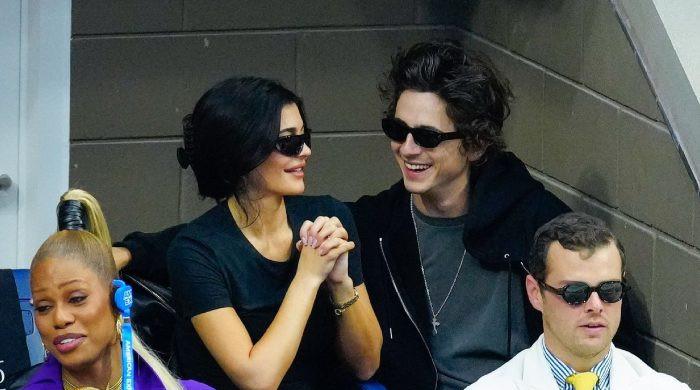Dua Lipa's “Radical Optimism” has a hilarious cover, two songs about illusionists, and what could end up being the most succulent bass of the year. what is No have is the kind of detailed celebrity meta-narrative that has come to define and drive the superstar pop LP in music's parasocial era.
The 28-year-old London singer might disagree: On the cusp of her Saturn return, Lipa has been talking about her third studio album as a meditation on hard-won emotional maturity, a la “Eternal Sunshine.” by Ariana Grande or Kacey Musgraves. ' “Deepest well.” “Radical optimism the way I see it,” she told Zane Lowe, “is this idea of rolling with the punches.” The LP cover shows her bobbing in the sea dangerously close to a shark's fin, and I assume the shark represents the beating.
However, because Lipa's lyrics are so bad – “If these walls could talk, they'd tell us to split up,” she sings at one point – this concept doesn't really fit. And furthermore, the pursuit of emotional maturity really misses Dua Lipa's goal, which is to be coolly above it all in the pursuit of earthly pleasure. Her celebrity lore, to the extent that she exists, revolves around her identity as Queen Vacanza, as she is known on social media thanks to her fabulous Instagram photos of her.
So “Radical Optimism” raises an interesting question: in this era of the endlessly talked about “The Tortured Poets Department” – not to mention the downright erudite “Cowboy Carter” – can a pop album succeed without functioning as a referendum on fame? or like a referendum on fame? Musicology work? Is it enough to offer a bunch of loosely connected hits and bops?
At best, “radical optimism” answers yes, or at least makes you want The answer is yes. Lipa has style and attitude to spare; Her singing is sly, guttural, slightly conspiratorial like that of the Bond girl. Working with an astute studio team led by Andrew Wyatt (who co-wrote and co-produced Lipa's “Barbie” hit “Dance the Night”) and Tame Impala's Kevin Parker, he fills these 11 songs with a wonderful array of sounds and textures. : Ticking drums, silky guitars, shimmering and growling synths. And those bass lines! Truly unpleasant things.
Despite Lipa's proclamation in a recent interview with The Times that she had moved away from disco, the album is firmly rooted in the dance floor, although it leans more toward live instrumentation than “Future Nostalgia,” 2020 Grammy winner. “These Walls” is a bright soft rock song with echoes of Fleetwood Mac, while “Anything for Love” begins as a piano ballad before turning into chewy “Off the Wall”-style funk. .

The cover of “Radical Optimism” by Dua Lipa.
(Warner music)
The songs are about learning to understand the limits of romance. But we know so little about Lipa's personal life compared to that of Grande or Taylor Swift, for example, that her comically dull revelations are pointless. Here’s how she describes coming to a state of post-breakup acceptance on “Happy for You”:
Late one Tuesday I saw your photo.
You were so happy that I realized
She is very pretty, I think she is a model.
Baby, they look so hot together
On the other hand, there's something deeply refreshing about the opportunity that “Radical Optimism” offers to ignore all the superstar mythologizing and simply take in Lipa's music as theater: to savor its energy and color the way we once did ABBA, to name a clear influence. from a time when music left much more room for fantasy. (See also: Tori Kelly's “Tori,” a vivid and engaging new pop album that exists almost entirely outside the celebrity-industrial complex.)
None of the singles from “Radical Optimism” have topped the charts yet: “Illusion,” the album’s latest album, is at No. 78 on Billboard’s Hot 100 this week, while “Houdini” fell off the chart after of just a few months. a surprisingly short period given that Lipa, over a year old, scored “Levitating” and “Don't Start Now.” But those songs came before the full pop footnote that arguably began with Swift's so-called Taylor versions of her old albums. Now everything is a text that must be scrutinized, regardless of whether the work supports it or not.












